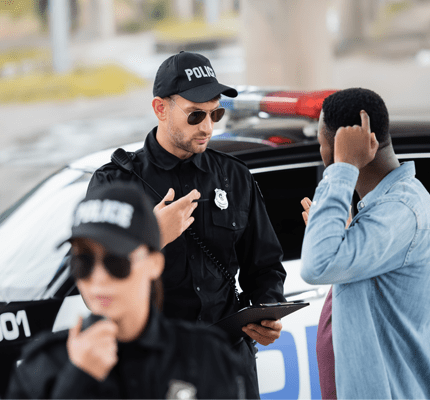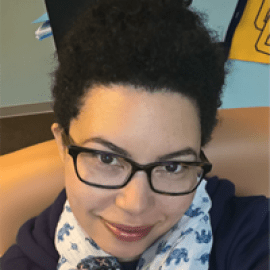
How Police Calls Uphold White Supremacy in America
In 2020, a white woman called the police about a Black man who was birdwatching in Central Park. The viral video of this encounter is one of many incidents of white people harassing Black people by calling the police. Two years earlier, in 2018, similar incidents went viral, demonstrating the perniciousness and persistence of this practice. In a new article published in NCA’s First Amendment Studies, Annie Hill draws a connection between harassment via police calls and historical laws and customs that have limited Black people’s freedom of movement.
Racist Harassment via Police Calls
In April 2018, a Philadelphia Starbucks manager called the police on two Black men. The men were there to meet a friend but were arrested, despite simply sitting in the café. A video of the incident went viral, which led Starbucks CEO Kevin Johnson to apologize and hold “racial bias training” for nearly all of the chain’s employees. In the following months, more viral videos emerged that showed the same kind of racist behavior in different contexts. In May 2018, a white resident of a Yale University dorm called the police on a Black Yale student who was asleep in a common room. In June 2018, a white woman who owned a cannabis company called the police on a young Black girl for selling water bottles by the road “without a permit.”
Hill explains that “a verbal exchange preceded each of these police calls wherein a white woman told a Black man, woman, or child what to do (e.g., leave the store, leave the room, leave the street). The white woman called police to gain compliance because Blacks did not follow her command.” In each of these incidents, Black people were not committing any crime. Instead, the calls reflect white people’s desire to control Black people and public spaces.
Racist Police Calls and White Supremacy
Hill writes that the calls described above and others like them “operate as maintenance calls to white supremacy.” Through these calls, the white callers summon the police to uphold structures of white supremacy by limiting the freedom of movement of Black Americans. Hill argues that callers are aware that police often mistreat Black people. However, the callers will often claim ignorance of this fact and of the racist implications of their actions when talking to police officers or bystanders who observed the situation. By recording the calls, bystanders attempt to hold callers responsible for their racist behavior and reveal the impetus and impacts of these calls.
Hill argues that beyond creating and sharing videos of racist police calls, it is necessary to expose how this practice is related to the history of white supremacy in the United States. In colonial America, the movements of both enslaved and free Black people were curbed “to prevent slave revolts and challenges to white supremacy.” Following the passage of the Thirteenth Amendment, the Black Codes limited Black Americans’ freedom of movement by allowing them to be arrested for “trivial and false offenses,” such as vagrancy, so that they could be criminalized and forced to perform labor for free, after slavery was abolished.
Similarly, Hill contends that the intention behind contemporary police calls is to limit Black people’s freedom of movement. White callers expect Black people to obey their commands, and, when they do not, the callers summon the police. Hill explains that calls may be made by “regular, rational people,” not stereotypical virulent racists, which demonstrates how white supremacy pervades U.S. culture. White people feel that they can determine who “belongs” in a space, be it a Starbucks or a Yale dorm.
Conclusion
Many police calls have gone viral in recent years. Hill states that viral videos of these calls have “exposed an established pattern of anti-Black racism” and they can therefore afford opportunities for addressing white supremacy. Hill sees the Black Lives Matter protests of 2020 and calls for defunding the police as a direct response to racist harassment via police calls and the need to reduce policing in American life.


